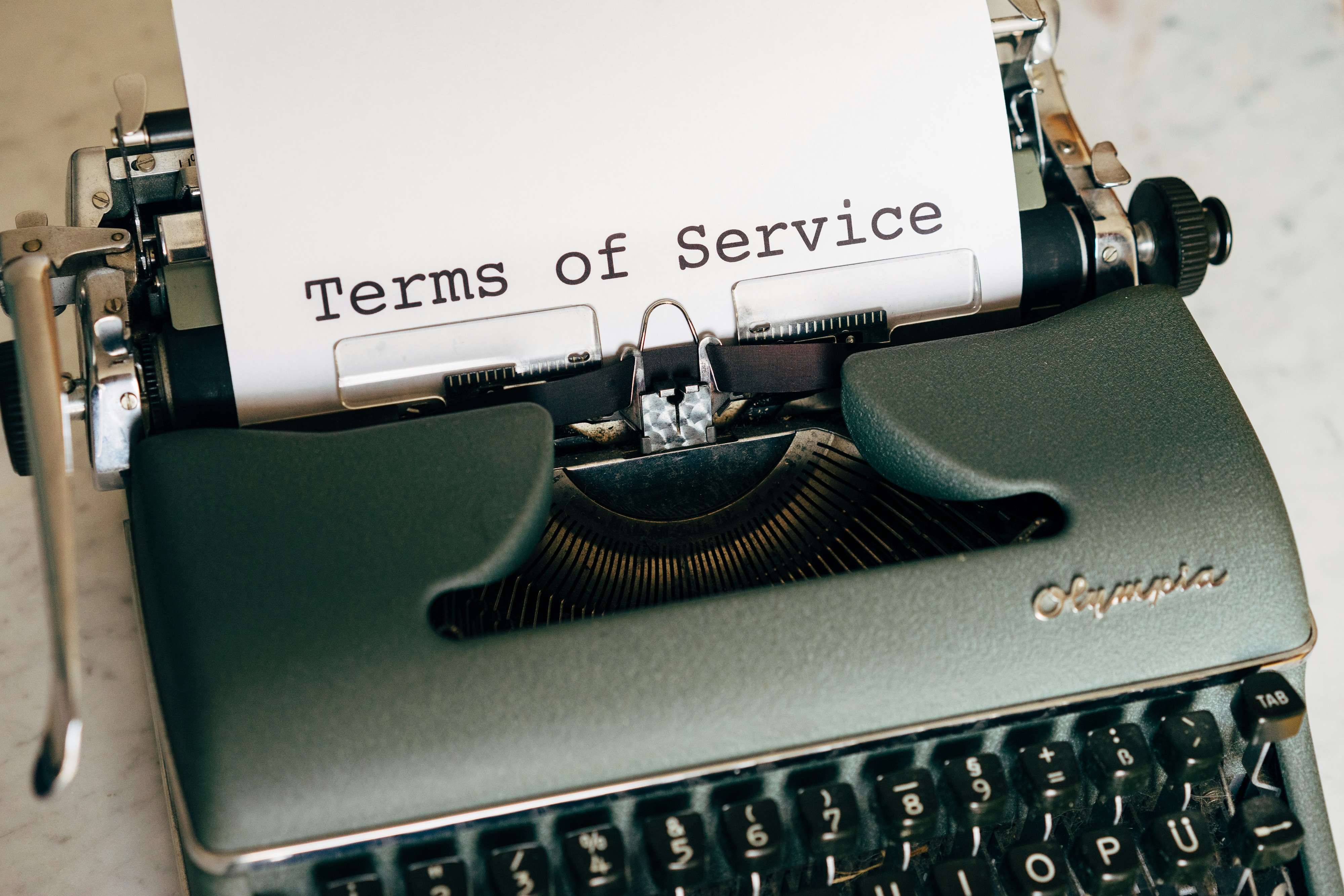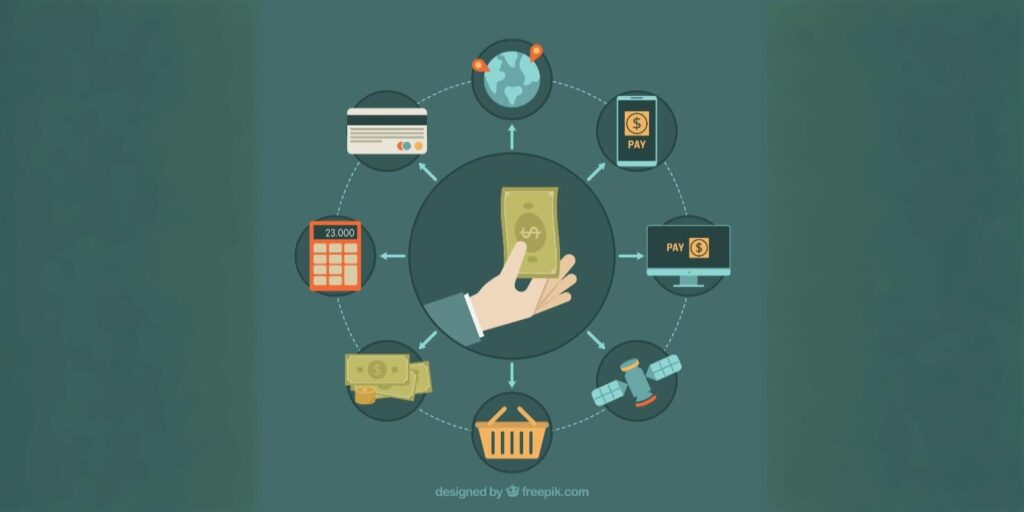In the dynamic world of business, maintaining a healthy cash flow is paramount to success.
One of the critical components of cash flow management is cash collection.
Efficient cash collection processes ensure that your business has the necessary liquidity to meet its financial obligations and invest in growth opportunities.
This comprehensive guide explores ten proven strategies to improve cash collection and, consequently, enhance your cash flow.
Cash Collection and Its Importance
Cash collection refers to the process of receiving payments from customers for goods or services provided.
Effective cash collection is crucial for maintaining a steady cash inflow, which is the lifeblood of any business.
Delays or inefficiencies in the cash collection process can lead to cash flow problems, affecting your ability to pay suppliers, employees, and other expenses.

By optimizing your cash collection processes, you can significantly improve your cash flow, reduce the risk of late payments, and strengthen your overall financial position.
Let’s dive into the top ten strategies to achieve this.
1. Streamline Your Invoicing Process
An efficient invoicing process is the foundation of effective cash collection. Here are some tips to streamline your invoicing:
- Send Invoices Promptly: Ensure that invoices are sent out as soon as goods or services are delivered. This helps in reducing the time between service delivery and payment receipt. Prompt invoicing also sets a professional tone and reinforces the importance of timely payment to your customers.
- Clear and Detailed Invoices: Include all relevant details such as payment terms, due dates, and itemized charges. Clear invoices help customers understand what they are paying for and reduce the likelihood of disputes. Detailed invoices also make it easier for customers to process payments quickly.
- Electronic Invoicing: Use electronic invoicing to speed up the process and reduce errors. Electronic invoices can be sent instantly and are less likely to get lost or delayed in the mail. They also allow for easier tracking and follow-up.
2. Implement Effective Payment Terms
Clearly defined payment terms can significantly improve your cash collection process. Consider the following:
- Shorten Payment Terms: Reduce the payment window to encourage faster payments. For example, instead of giving customers 60 days to pay, consider reducing it to 30 days. This can help in accelerating cash inflows and reducing the risk of late payments.
- Offer Early Payment Discounts: Incentivize customers to pay early by offering discounts. For instance, you could offer a 2% discount if the invoice is paid within 10 days. This can motivate customers to prioritize your payments and improve your cash flow.
- Penalties for Late Payments: Implement penalties to discourage late payments. Late fees or interest charges can serve as a deterrent and encourage customers to pay on time. Make sure to communicate these penalties clearly in your payment terms.

3. Utilize Cash Collection Software
Investing in cash collection software can automate and streamline your collection process. These tools offer features such as:
- Automated Payment Reminders: Send automatic reminders to customers as their payment due dates approach. This helps in reducing the likelihood of late payments and ensures that customers are aware of their upcoming obligations.
- Real-Time Tracking: Monitor the status of invoices and payments in real-time. This allows you to identify any delays or issues promptly and take appropriate action. Real-time tracking also provides valuable insights into your cash flow and helps in forecasting future cash inflows.
- Integration with Accounting Systems: Seamlessly integrate with your accounting software for better financial management. This ensures that all payment data is accurately recorded and easily accessible, reducing the risk of errors and improving overall efficiency.
4. Optimize Your Cash Application Process
The cash application process involves matching incoming payments with outstanding invoices. To optimize this process:
- Automate Cash Application: Use software to automate the matching of payments with invoices. Automation reduces the risk of errors and speeds up the process, allowing you to apply payments more quickly and accurately.
- Train Your Staff: Ensure your team is well-trained in handling cash applications efficiently. Proper training can help in identifying and resolving discrepancies quickly, improving the overall efficiency of the cash application process.
- Regular Reconciliation: Conduct regular reconciliations to identify and resolve discrepancies promptly. Regular reconciliations help in maintaining accurate financial records and ensuring that all payments are correctly applied.
5. Diversify Payment Methods

Offering multiple payment methods can make it easier for customers to pay on time. Consider accepting:
- Credit and Debit Cards: Provide convenience for customers who prefer card payments. Credit and debit cards are widely used and offer a quick and secure way for customers to make payments.
- Electronic Funds Transfer (EFT): Allow customers to transfer funds directly from their bank accounts. EFT is a convenient and efficient way for customers to make payments, and it can help in reducing the time it takes for payments to be processed.
- Mobile Payments: Leverage mobile payment platforms for quick and easy transactions. Mobile payments are becoming increasingly popular and offer a convenient way for customers to make payments on the go.
6. Implement a Credit Management Policy
A robust credit management policy can help minimize the risk of late payments and bad debts. Here’s how:
- Credit Checks: Conduct credit checks on new customers to assess their creditworthiness. Credit checks help in identifying potential risks and allow you to make informed decisions about extending credit.
- Credit Limits: Set credit limits based on the customer’s credit history and payment behavior. Credit limits help in managing risk and ensuring that customers do not exceed their ability to pay.
- Regular Reviews: Periodically review and update credit limits and terms. Regular reviews help in adapting to changes in customer circumstances and ensuring that credit terms remain appropriate.

7. Establish a Collection Process
A well-defined collection process ensures that overdue payments are followed up promptly. Key steps include:
- Initial Reminder: Send a friendly reminder as the due date approaches. This serves as a gentle nudge and helps in ensuring that customers are aware of their upcoming payment obligations.
- Follow-Up Calls: Make follow-up calls to discuss the outstanding payment. Personal contact can be more effective than written communication and allows for a more detailed discussion of any issues or concerns.
- Formal Demand Letter: Send a formal demand letter if the payment remains overdue. A formal demand letter serves as a clear indication of the seriousness of the situation and can motivate customers to take action.
For a detailed step-by-step approach, read A Step-by-Step Collection Process That Actually Works for SMEs to streamline your collection strategy.
8. Train Your Collection Team
Your collection team plays a crucial role in the cash collection process. Ensure they are well-trained in:
- Effective Communication: Teach them how to communicate professionally and persuasively with customers. Effective communication is key to resolving disputes and securing payments.
- Negotiation Skills: Equip them with negotiation skills to handle difficult customers. Negotiation skills can help in reaching mutually beneficial agreements and ensuring that payments are made promptly.
- Legal Knowledge: Provide basic legal knowledge to understand the rights and limitations in the collection process. Legal knowledge can help in ensuring that collection efforts are conducted in a lawful and ethical manner.
9. Monitor and Analyze Cash Flow
Regular monitoring and analysis of your cash flow can help identify trends and potential issues. Use tools and techniques such as:
- Cash Flow Forecasting: Predict future cash inflows and outflows to plan accordingly. Cash flow forecasting helps in identifying potential shortfalls and allows for proactive management of cash resources.
- Cash Flow Statements: Regularly review cash flow statements to track your financial performance. Cash flow statements provide a clear picture of your cash inflows and outflows and help in identifying areas for improvement.
- Key Performance Indicators (KPIs): Monitor KPIs such as Days Sales Outstanding (DSO) and Collection Effectiveness Index (CEI). KPIs provide valuable insights into the efficiency of your cash collection process and help in identifying areas for improvement.
if you’re struggling with late payments read that: 6 Smart Things to Do When a Client Doesn’t Pay on Time
10. Consider Outsourcing to a Collection Agency
In some cases, outsourcing to a collection agency can be a viable option. Benefits include:
- Expertise: Collection agencies have specialized knowledge and resources. Their expertise can help in recovering overdue payments more effectively and efficiently.
- Time-Saving: Outsourcing frees up your team to focus on core business activities. This allows you to concentrate on growing your business while the collection agency handles the recovery of overdue payments.
- Higher Recovery Rates: Agencies often achieve higher recovery rates due to their expertise. Their specialized skills and resources can help in maximizing the recovery of overdue payments.
If you’re considering this route, working with a reliable partner can make all the difference. Services like JumpstartCXO’s cash collection solution are specifically designed for SMEs, combining professional expertise with a practical approach to recovering overdue payments — without disrupting client relationships.
Conclusion
Improving cash collection is essential for maintaining a healthy cash flow and ensuring the financial stability of your business.
By implementing these ten strategies, you can optimize your cash collection process, reduce late payments, and enhance your overall financial management.
Learn more about effective accounts receivable strategies by reading Accounts Receivable Management for SMEs: The Ultimate Guide.
Take action today to streamline your cash collection and watch your business thrive.
FAQs
Q: What is the importance of cash collection in business?
Cash collection is crucial for maintaining a steady cash inflow, which is essential for meeting financial obligations, investing in growth opportunities, and ensuring the overall financial health of the business.
Q: How can cash collection software improve my business?
Cash collection software can automate and streamline the collection process, send automated payment reminders, track payments in real-time, and integrate with accounting systems for better financial management.
Q: What are some effective payment terms to improve cash collection?
Effective payment terms include shortening the payment window, offering early payment discounts, and implementing penalties for late payments.
Q: Why is it important to diversify payment methods?
Diversifying payment methods makes it easier for customers to pay on time, reducing the risk of late payments and improving cash flow.
Q: How can a credit management policy help in cash collection?
A credit management policy helps minimize the risk of late payments and bad debts by conducting credit checks, setting credit limits, and regularly reviewing credit terms.




